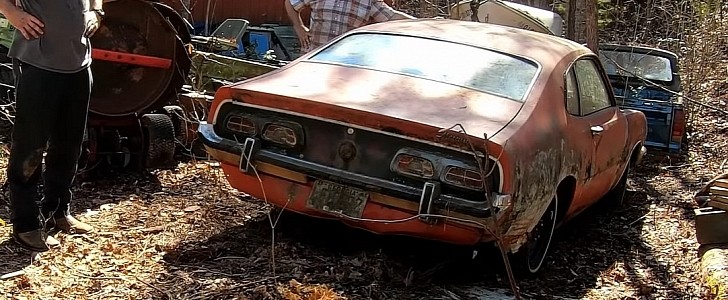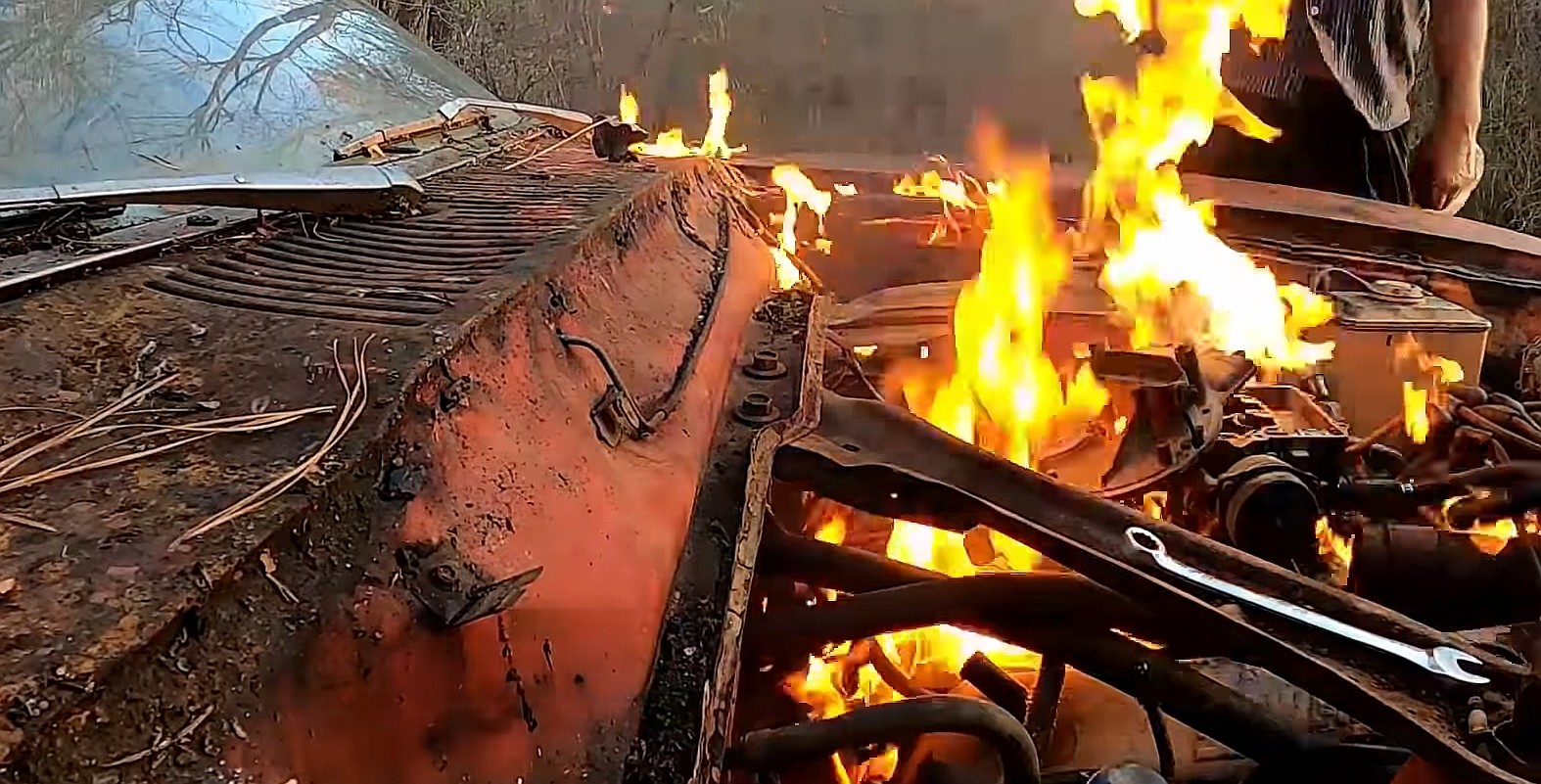Back in February 2022, we showed you an abandoned 1973 Mercury Comet that agreed to start after sitting for 36 years. Come March and the owner decided to work some more on the car and take it for a spin. And it did not go as planned.


Basically a rust bucket after more than three decades in a backyard, this Comet GT will probably never get a second chance at life. That’s because a proper restoration would be too expensive relative to its current value. The Comet isn’t the most sought-after classic out there.
So taking it for a spin around the block is the most an owner can do to a car in this state before he decides to sell it or dismantle it for parts. Amazingly enough, the stuck engine agreed to come back to life and, a few upgrades later, the Mercury was able to run under its own power.
But that didn’t last long and things went downhill quite rapidly. After a few failed attempts to keep it running, the V8 caught fire and the folks over at RevStoration needed a couple of minutes to put it out.
Things would have been easier if they had used a fire extinguisher from the very beginning (instead of rags), but luckily enough the fire didn’t extend beyond the engine bay. This classic was inches away from turning into a Mercury Fireball GT. Well, this one definitely calls for a “don’t try this at home, kids!”
This Mercury is part of the sixth and final generation Comet. The nameplate debuted in 1960 as a stand-alone marque and became a full-fledged Mercury in 1962. A compact until 1966, the Comet became a midsize car until 1971, when it was revived as Mercury’s version of the Ford Maverick compact.
The brand sold the sixth-generation Comet with a couple of inline-six engines and a V8 mill. This GT comes with the latter, but the 302-cubic-inch (5.0-liter) unit was rated at only 138 horsepower in 1973





